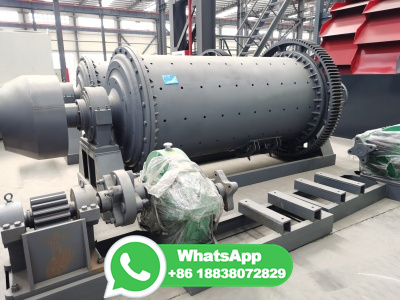Coal and its application in the cement production process
A kiln for cement production typically uses coal as a fuel to heat a mixture of raw materials at 1450°C, transforming the chemical and physical components to form a new substance called a clinker a gray pebblelike material consisting of special compounds that give cement its characteristic binding properties.



































